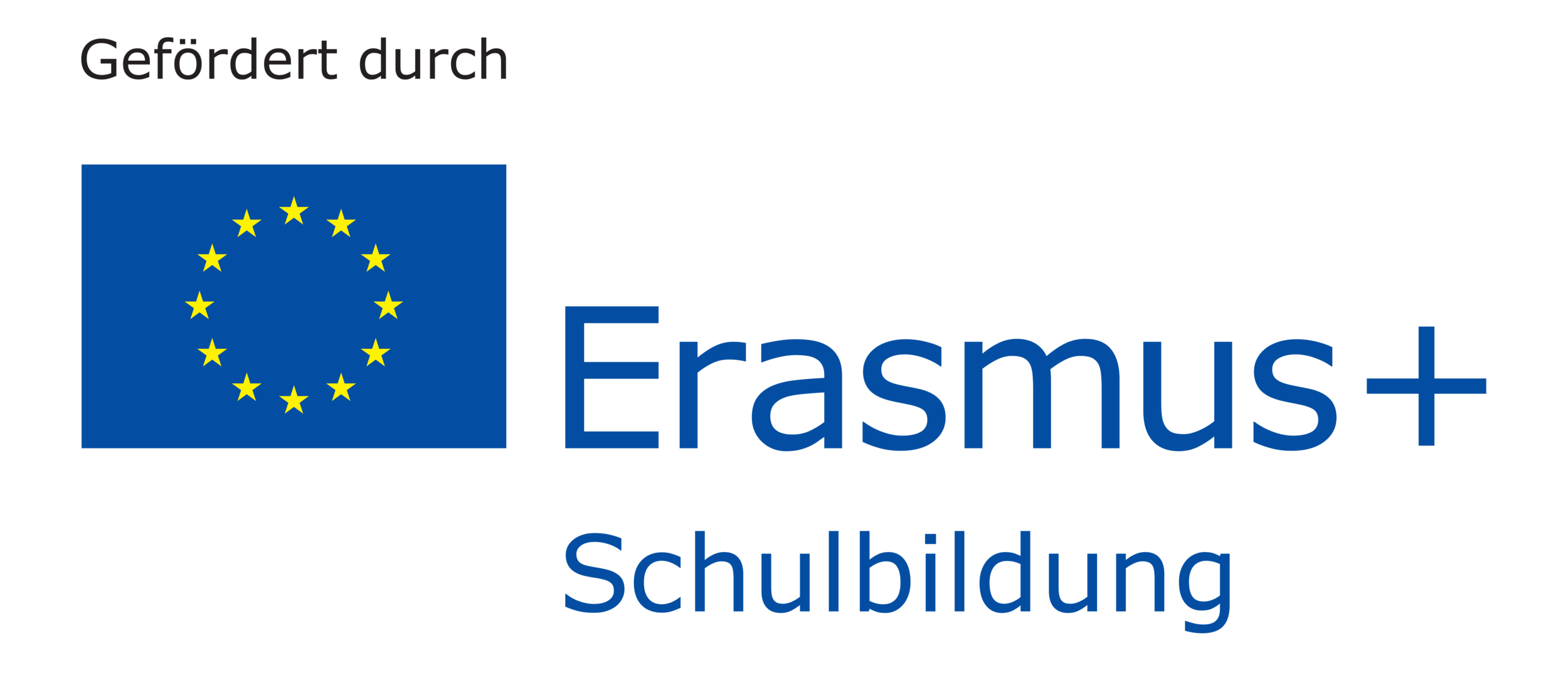Multilingualism and The Different Facets of a Child’s Personal Story
Identity is not to be understood as a fixed and stable construct which is determined at an early age. It is true that early experiences shape the view on ourselves and the world to a large extent and cannot always be changed in later life. But one’s sense of self and identity is a fluid and open concept which is based on our everyday experiences. In terms of cultural identity, a person’s individual sense of cultural identity is unique and bound to this person’s experiences in life. It cannot be defined by anyone else but the person herself. This is especially important for children as they should be protected to develop freely at this early stage in their life in which they are very prone to influences from their environment. Although every family has their own culture within their family, parents and their children might not necessarily have formed the same cultural identity in their lives. One’s sense of identity is based on personal experiences and within a family, the different family members might have had different experiences in their lives. Shared experiences create strong bonds which can lead to a shared sense of identity but every child is entitled to the freedom of exploring their own cultural identity over time. A person’s cultural identity can be expressed in the way someone dresses or how they speak, which dialect or variant of a language they speak, in their traditions and customs, their views and believes, their values and in many other ways. In a multilingual and multicultural setting, a person’s way of expressing her identity can be very diverse and at times seem unrelatable for others. With an open mindset, however, differences will be appreciated and valued. Hence, cultural identity should not be understood in abstract terms of nationalities, geographical spaces, languages or other categories. A person’s cultural identity is not defined by a category or the nationality on a passport. Cultural identity is much more personal. It is made up by experiences and therefore is unique to the person herself. For children in multilingual and multicultural settings, this means their experiences are shaped by diversity, different cultures and languages and offer a diverse sense of self with many facettes. A child’s cultural identity does not have to be determined by the current place of living or the parent’s cultural identity. The many influences in a child’s life offer different facettes which make up her identity. With every language, dialect or variant of a language, comes another facet of the self for the child.

